Example for correlated subquery given in a book is as follows;
Customers who placed orders on February 12, 2007
SELECT custid, companyname
FROM Sales.Customers AS C
WHERE EXISTS
(SELECT *
FROM Sales.Orders AS O
WHERE O.custid = C.custid
AND O.orderdate = '20070212');
But, I wrote following code for the same purpose using simple subquery
SELECT custid, companyname
FROM Sales.Customers
WHERE custid IN
(SELECT [custid] FROM [Sales].[Orders]
WHERE [orderdate] ='20070212')
Both gives identical output. Which method is better? and why? and I do not understand the use of EXISTS here in the first set of codes

